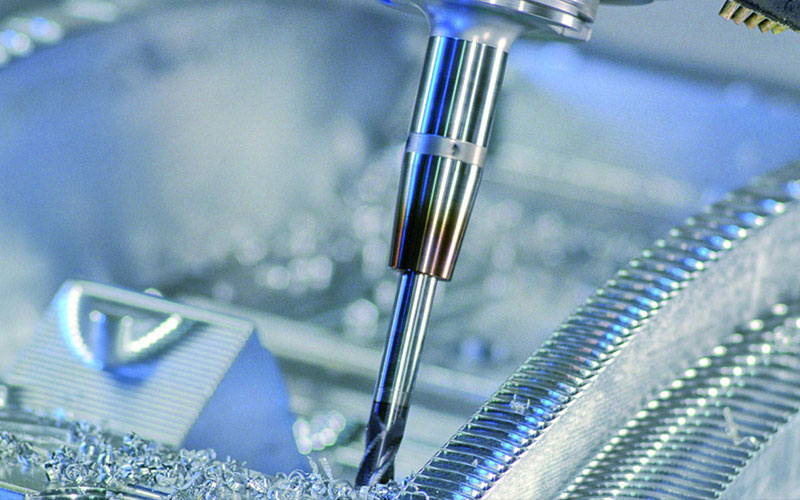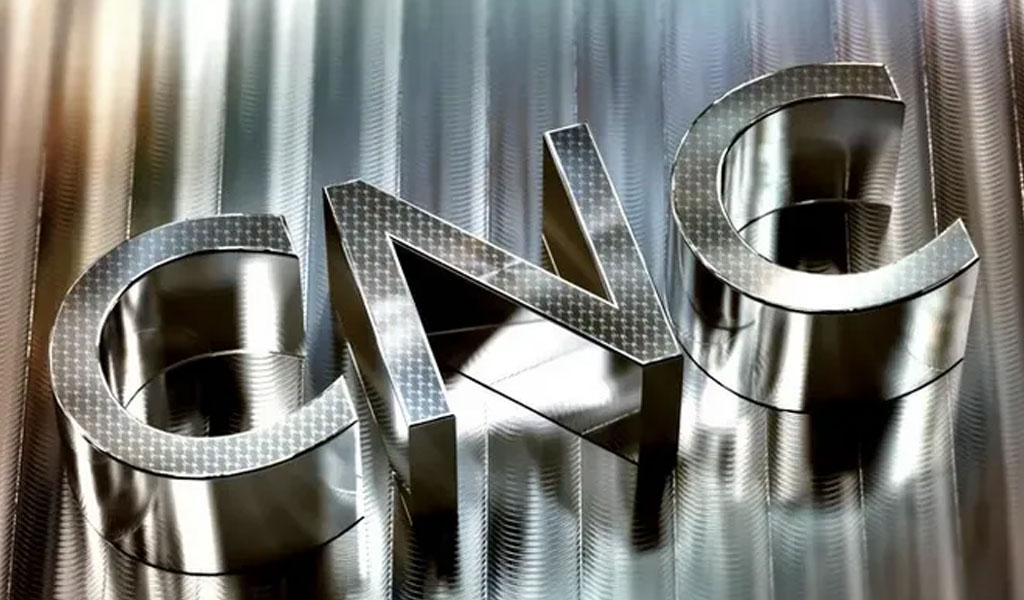- +86 152 1709 1354
- [email protected]
- Dongguan,China
- Blog


- The effect on cutting temperature: cutting speed, feed rate, back-feeding amount Effect on cutting force: back-feeding amount, feed rate, cutting speed The impact on tool durability: cutting speed, feed rate, back-eaten amount
- When the amount of back-eating knife doubles, the cutting force doubles When the feed rate is doubled, the cutting force is increased by about 70% When the cutting speed is doubled, the cutting force gradually decreases In other words, if G99 is used, the cutting speed will increase and the cutting force will not change much.
- The cutting force can be judged according to the condition of the iron filings, whether the cutting temperature is within the normal range
- When the measured actual value X and the drawing diameter Y are greater than 0.8, the concave arc of the car, the turning tool with a secondary declination angle of 52 degrees (that is, our commonly used blade is a turning tool with a 35 degree main declination angle of 93 degrees) ) The R from the car may wipe the knife at the starting point
- The temperature represented by the color of iron filings: white is less than 200 degrees Yellow 220-240 degrees Dark blue 290 degrees Blue 320-350 degrees Purple black is greater than 500 degrees Red is greater than 800 degrees
- FUNAC OI mtc generally default G command: G69: Not very clear G21: Metric size input G25: Spindle speed fluctuation detection disconnected G80: Cancel fixed cycle G54: Coordinate system default G18: ZX plane selection G96 (G97): constant linear speed control G99: Feed per revolution G40: Tool tip compensation canceled (G41 G42) G22: Storage stroke detection is turned on G67: Cancel modal call of macro program G64: Not very clear G13.1: Polar coordinate interpolation mode is canceled
- External thread is generally 1.3P, internal thread is 1.08P
- Thread speed S1200/pitch * safety factor (generally 0.8)
- Manual tool nose R compensation formula: chamfering from bottom to top: Z=R*(1-tan(a/2)) X=R(1-tan(a/2))*tan(a) From Chamfer up and down the car will change the minus to plus
- For every 0.05 increase in feed, the speed is reduced by 50-80 rpm. This is because reducing the speed means that the tool wear is reduced, and the cutting force increases slowly, thereby making up for the increase in cutting force due to the increase in feed, and the increase in temperature. Impact
- The impact of cutting speed and cutting force on the tool is very important. The main reason for the tool collapse due to the excessive cutting force. The relationship between cutting speed and cutting force: the faster the cutting speed, the feed will be constant, and the cutting force will slowly decrease. At the same time, the faster the cutting speed will make the tool wear faster, the cutting force will increase, the temperature will also increase The higher, when the cutting force and internal stress are too large to withstand the blade, it will collapse (of course, there are also reasons such as the stress and hardness of the temperature change and the decrease in hardness)
- During CNC lathe machining, the following points should be paid special attention to: 1) For the current economic CNC lathes in China, ordinary three-phase asynchronous motors are used to achieve stepless speed change through frequency converters. If there is no mechanical deceleration, the output torque of the spindle is often insufficient at low speeds. If the cutting load is too large, it is easy to be boring Car, but some machine tools with gears solve this problem very well 2), as far as possible, the tool can complete the processing of one part or one work shift, especially for the finishing of large parts, especially pay attention to avoid the tool change in the middle to ensure that the tool can be processed in one time 3), when turning the thread with CNC turning, the highest possible speed is used to achieve high-quality and efficient production 4), use G96 whenever possible 5) The basic concept of high-speed machining is to make the feed exceed the heat conduction speed, so that the cutting heat is discharged with iron filings to isolate the cutting heat from the workpiece and ensure that the workpiece does not heat up or less. Therefore, high-speed machining is selected very high The cutting speed is matched with the high feed and a small amount of backfeed is selected 6), pay attention to the compensation of tool tip R
- Grading table of workability of workpiece materials (small P79) Common thread cutting times and back-eating knife scale (large P587) Commonly used geometric figure calculation formula (large P42) Inch and millimeter conversion table (large P27)
- Vibration and chipping often occur during slotting. The root cause of all this is the increased cutting force and insufficient tool rigidity. The shorter the tool extension length, the smaller the back angle, the larger the blade area, the better the rigidity. It can increase the cutting force, but the larger the width of the groove cutter, the greater the cutting force it can bear, but its cutting force will also increase. On the contrary, the smaller the groove cutter, the smaller the force it can bear, but Its cutting force is also small
- Causes of vibration during the car slot: 1), the tool extension length is too long, but the rigidity is reduced 2), the feed rate is too slow, which causes the unit cutting force to become large, which causes a large vibration. The formula is: P=F/back-feeding amount*f P is the unit cutting force F is the cutting force, and the rotation speed is too fast Also vibrate 3) The rigidity of the machine tool is not enough, which means that the tool can bear the cutting force, and the machine tool can not bear it. To put it bluntly, the machine tool does not move. Generally, such problems do not occur in new beds. The beds that have such problems are either old. Or often encounter machine tool killers
- When a car is shipped, the size is found to be okay at the beginning, but after a few hours, the size has changed and the size is unstable. The reason may be that the cutting force is all because the blades are new at the beginning. Not very large, but after a period of turning, the tool wears and the cutting force becomes larger, causing the workpiece to shift on the chuck, so the size is old and unstable.
- When using G71, the values of P and Q cannot exceed the sequence number of the entire program, otherwise an alarm will appear: G71-G73 instruction format is incorrect, at least in FUANC
- There are two formats for subroutines in the FANUC system: 1) The first three digits of P000 0000 refer to the number of cycles, and the last four digits are the program number 2) The first four digits of P0000L000 are the program number, and the last three digits of L are the number of cycles
- The starting point of the arc is unchanged, and the end point is offset by a mm in the Z direction, then the position of the arc bottom diameter is offset by a/2
- When drilling deep holes, the drill bit does not grind the cutting groove to facilitate the chip removal of the drill bit
- If it is used for tooling to drill holes with a knife holder, the drill can be turned to change the hole diameter
- When drilling the stainless steel center hole, or when drilling the stainless steel hole, the drill bit or the center drill center must be small, otherwise it cannot be moved, and the groove is not polished when drilling with a cobalt drill to avoid the annealing of the drill bit during the drilling process
- There are generally three types of cutting according to the process: one for one, two for one, and one for the whole bar
- When the ellipse appears when the thread is turned, it may be that the material is loose. Just use a dental knife to cut a few more times.
- In some systems where macro programs can be entered, the macro program charge can be used to replace the subprogram cycle, so that the program number can be saved, and a lot of trouble can be avoided.
- If the drill is used for reaming, but the beating of the hole is very large, then the flat bottom drill can be used for reaming, but the twist drill must be short to increase the rigidity
- If the hole is drilled directly with a drill bit on the drilling machine, the hole diameter may be deviated, but if the hole size is expanded on the drill machine, it will generally not run. For example, if the hole is expanded on the drill machine with a 10MM drill, the expanded hole diameter is generally all Around 3 wire tolerance
- In the small hole (through hole) of the car, try to make the chips continue to curl up and then discharge from the tail. The main points of the curling: first, the position of the knife should be properly raised, second, the appropriate blade inclination angle, the amount of knife eaten And the feed amount, remember that the knife should not be too low or it will easily break the chip. If the secondary angle of the knife is large, it will not jam the tool bar even if the chip is broken. If the secondary angle is too small, the chips will jam the knife after chip breaking The pole is prone to danger
- The larger the cross-section of the cutter bar in the hole, the less likely it is to vibrate the knife, and it is also possible to attach a strong rubber band to the cutter bar, because the strong rubber band can play a certain role in absorbing vibration
- When turning the copper hole, the tip R of the knife can be appropriately large (R0.4-R0.8), especially when the taper under the car, the iron parts may be nothing, and the copper parts will be very chipped.
12 small experiences in CNC machining
At present, many domestic CNC machine tool operators are classified as follows: some operators are very familiar with mechanical processing, ...
Read More →
Selection of parting surface of die casting mold
In order to remove the blank from the die casting mold, the mold needs to be properly divided into several ...
Read More →
What is sheet metal?
Sheet metal is a metal product processing technology, and there is no complete definition of sheet metal so far.According to ...
Read More →
Where is the road to CNC machining development?
A few days ago, PTJ Engineering issued a document saying that it “processed CNC low-cost orders.” This will hurt yourself ...
Read More →
Skillful use of 4 types of CNC Machining technology
First, the undercut knife method Outer convex processingAs shown in FIG. 1, when the outer opening is projected outward, the ...
Read More →
Stainless steel UG crankshaft CNC machining technology
The crankshaft is the center of the internal combustion engine and the core of the engine. If the function cannot ...
Read More →
Table of Contents
Our service
- Cnc Machining
- Swiss Turning
- Swiss Machining
- 5 Axis Machining
- Precision Turning
- Swiss Screw Machining
- Turn-Mill Machining
